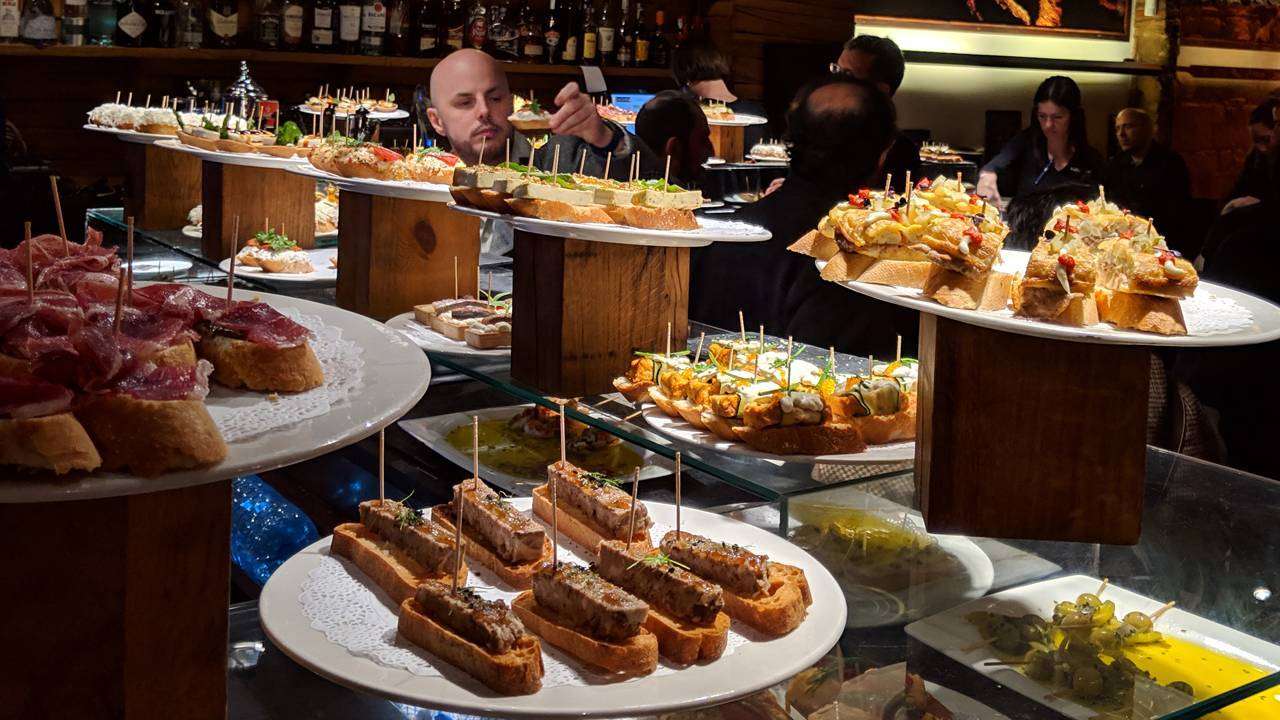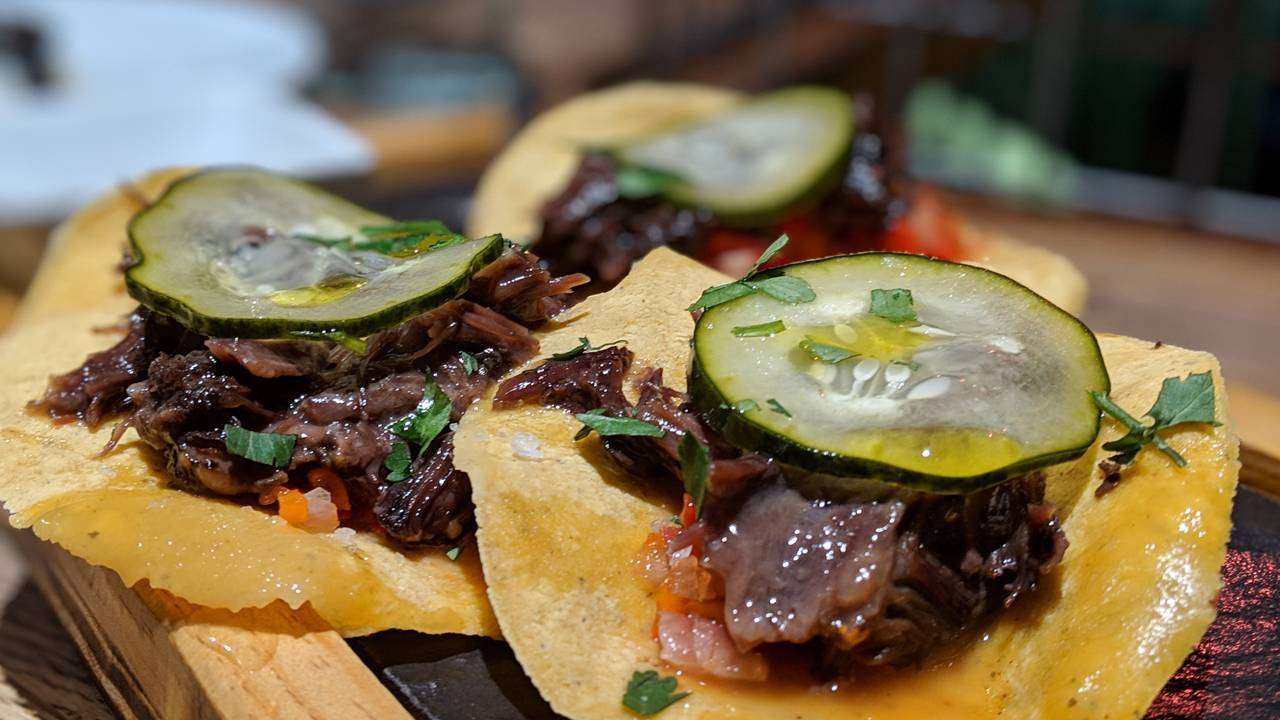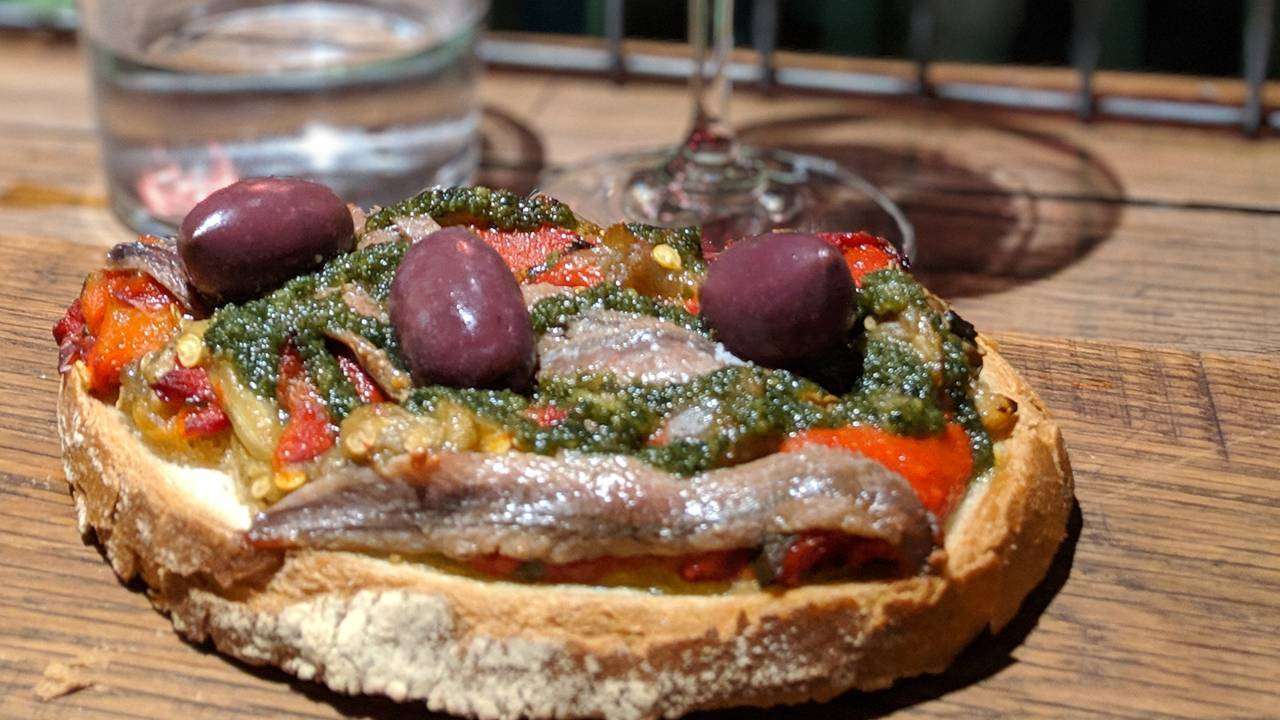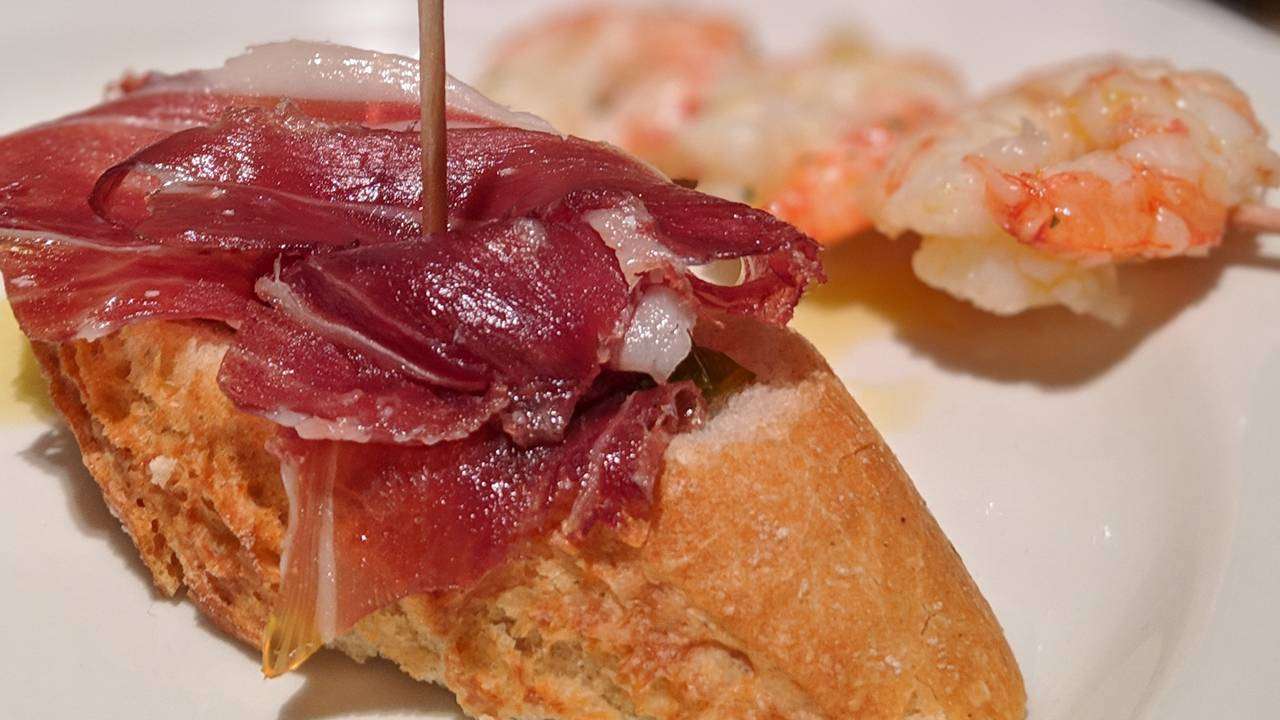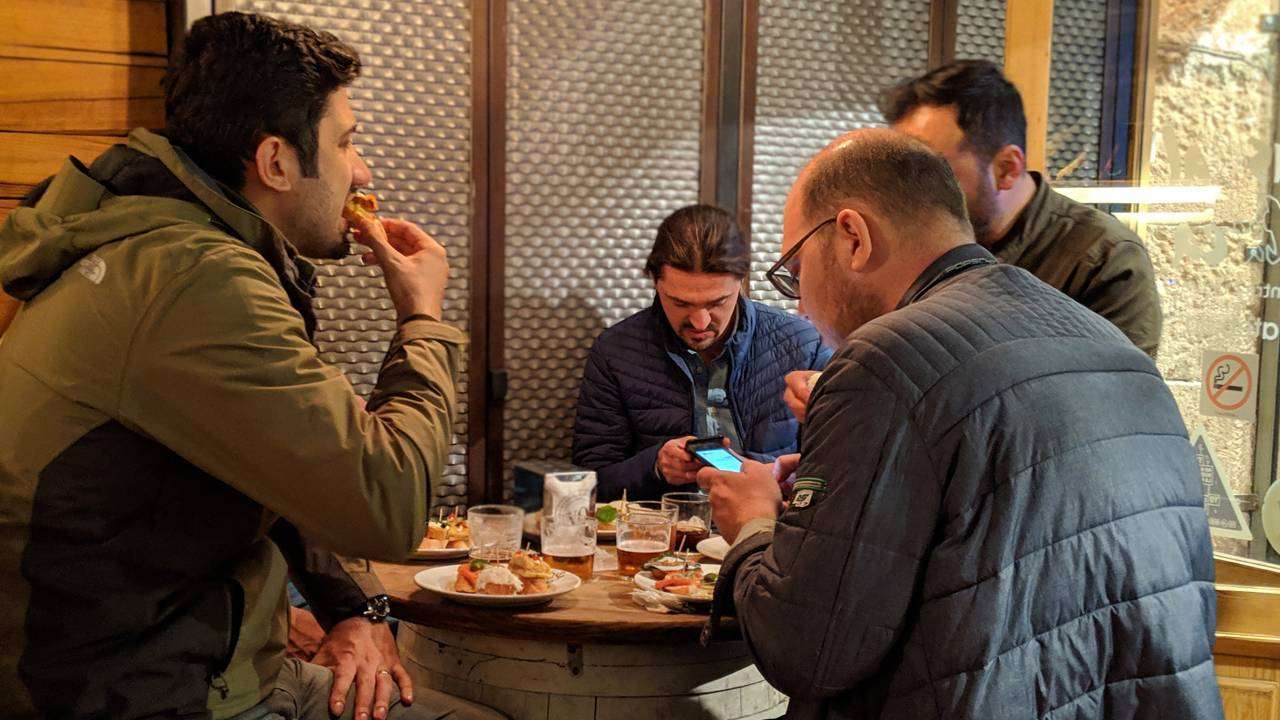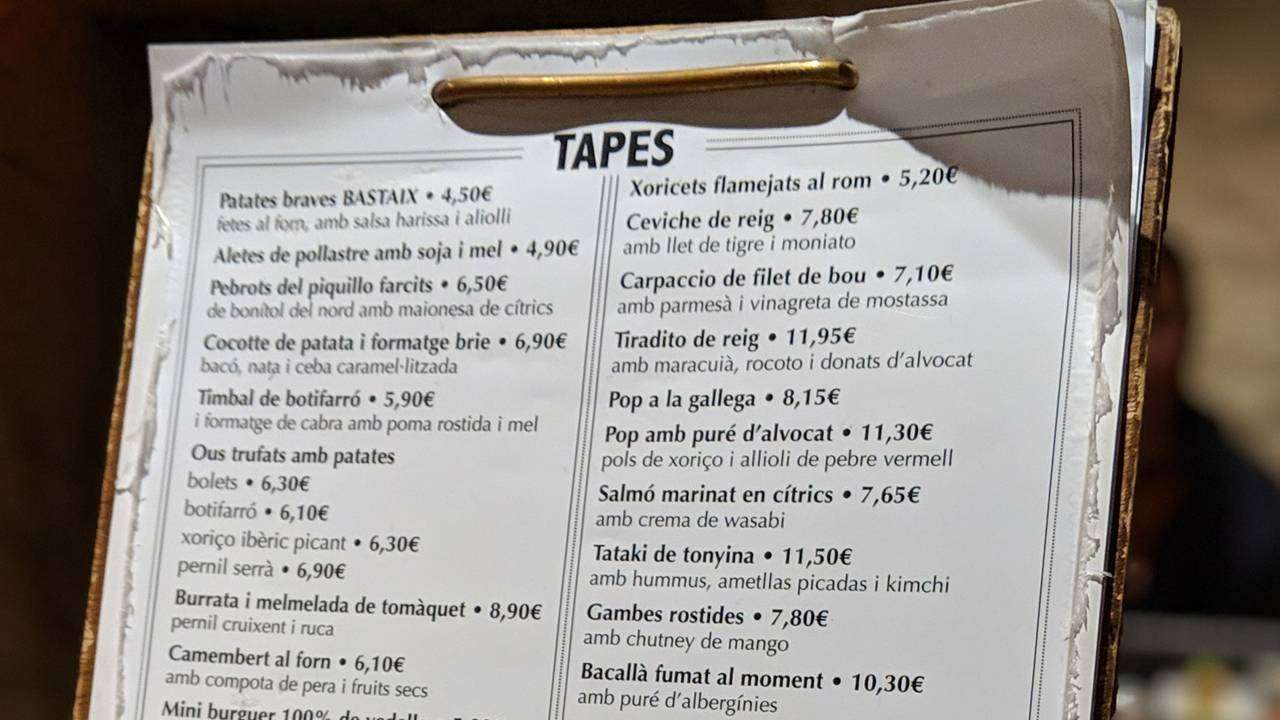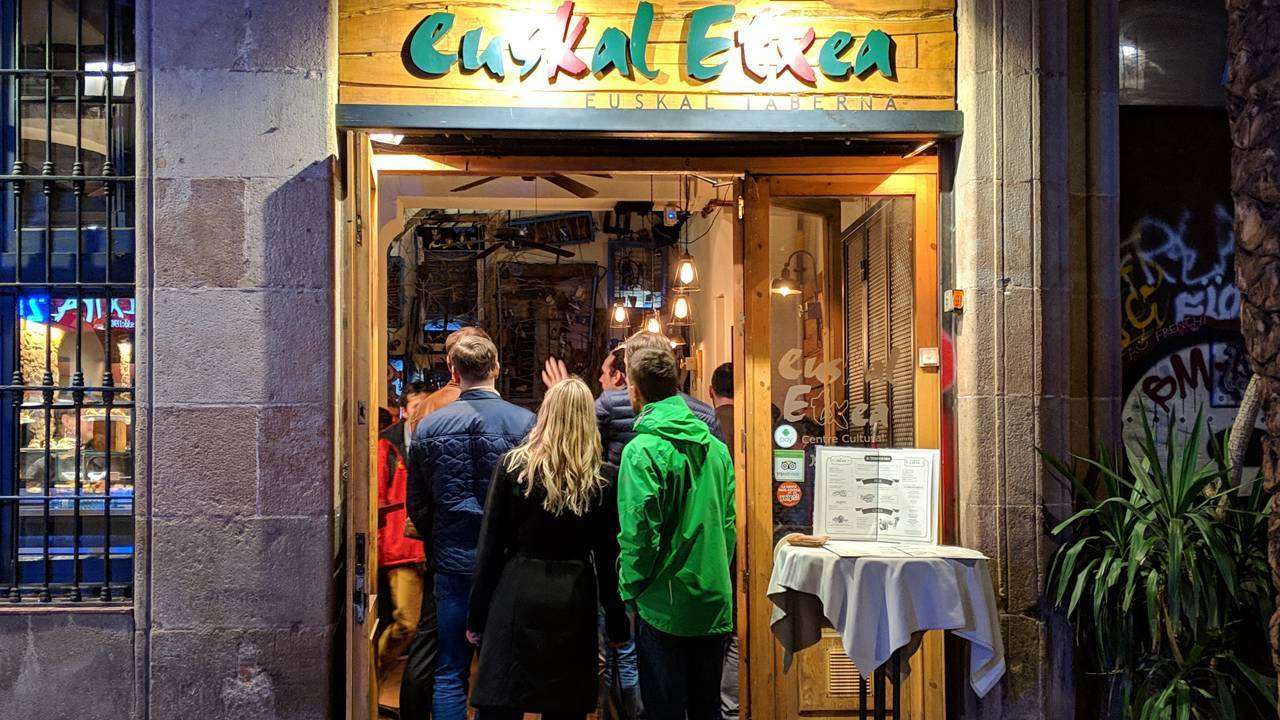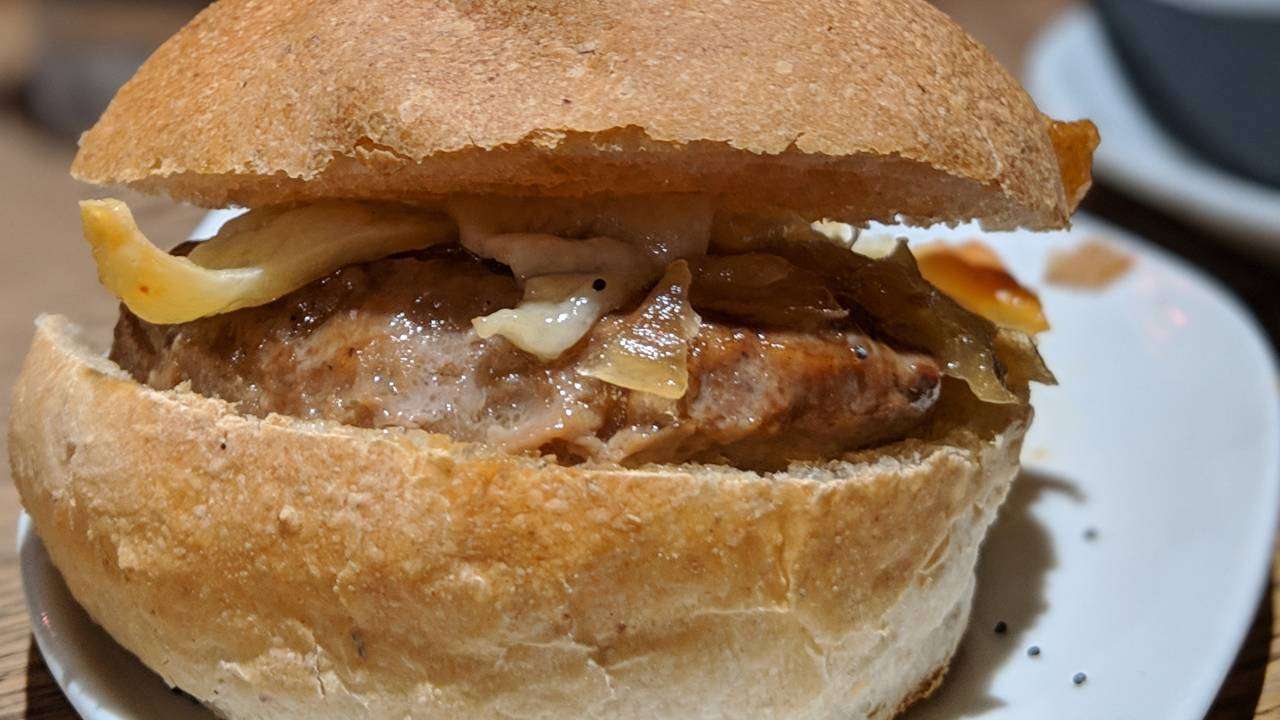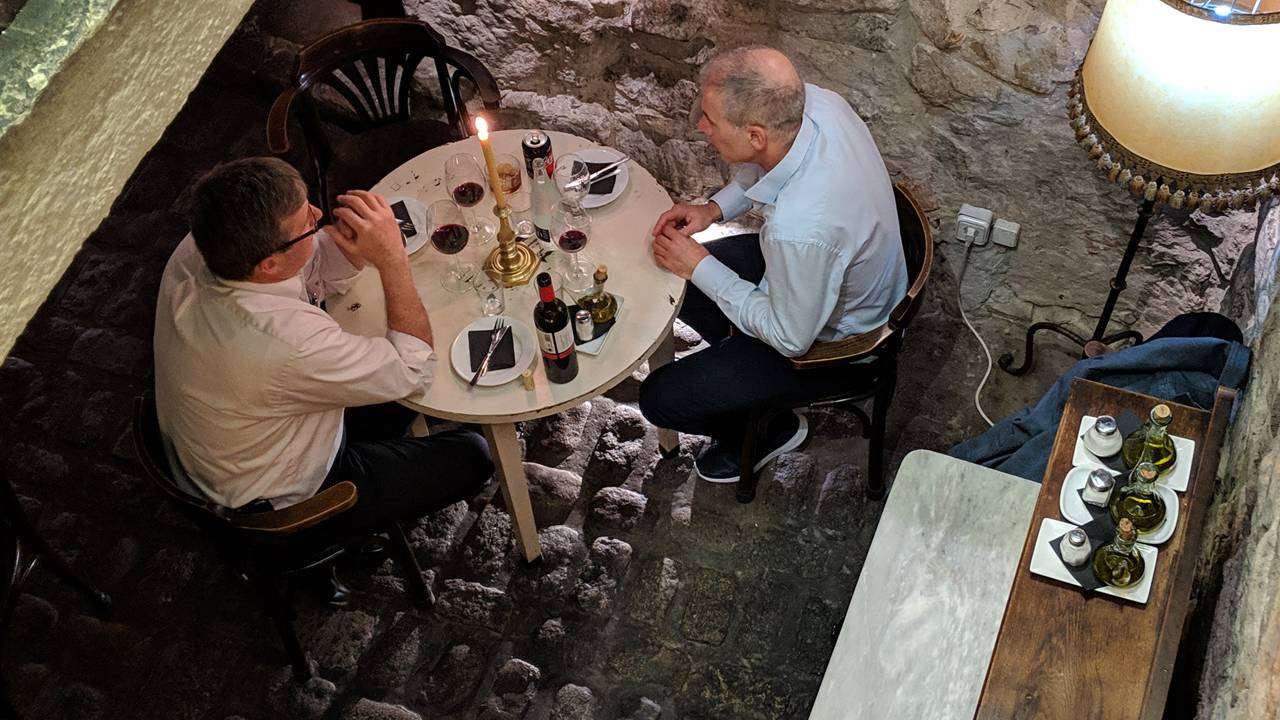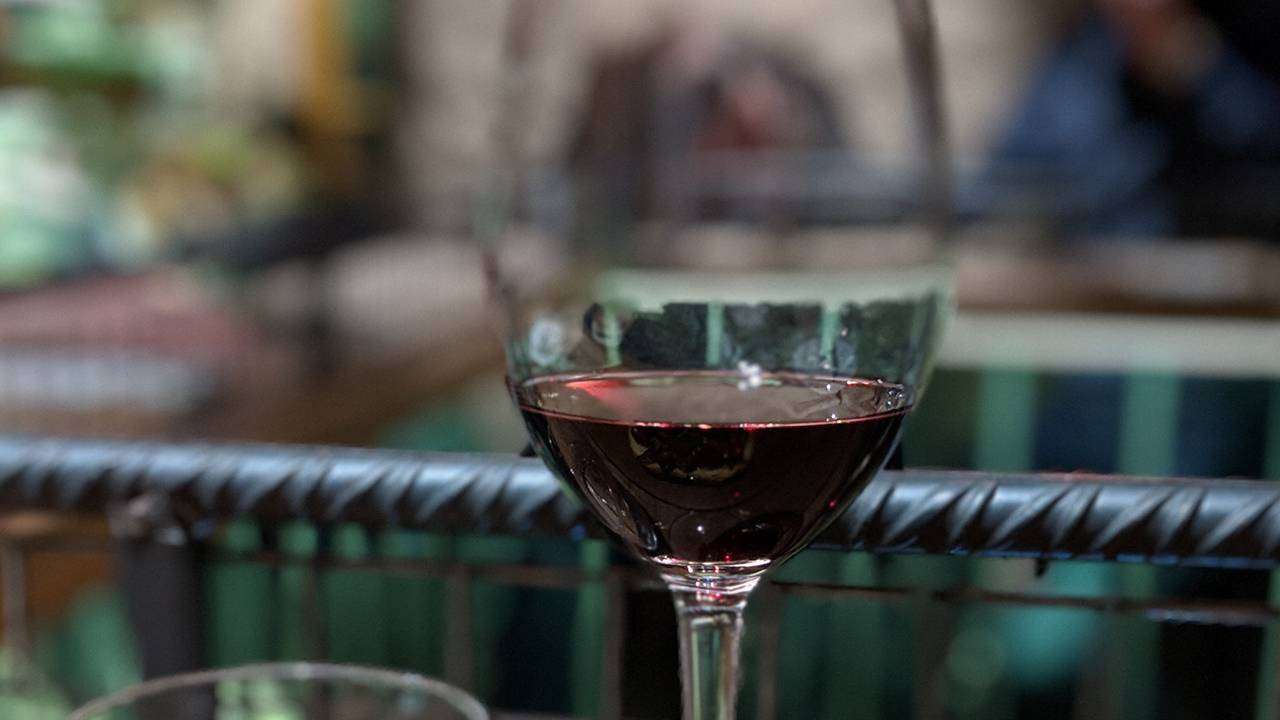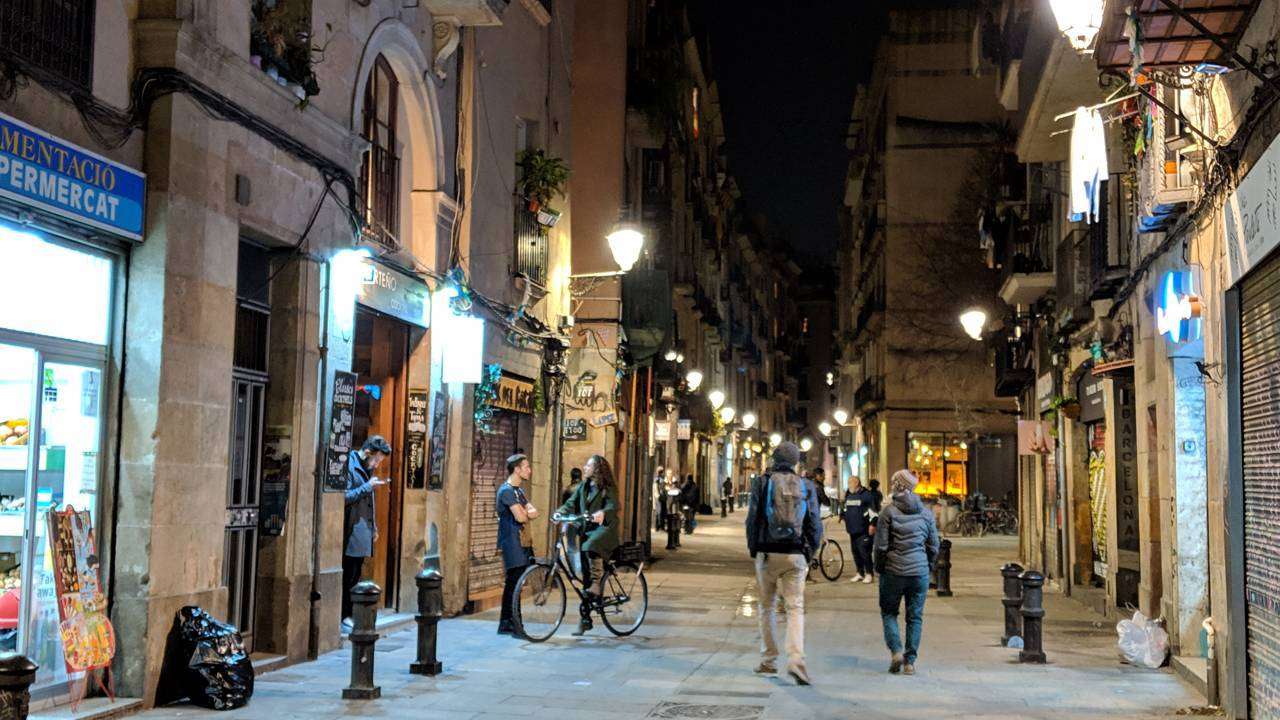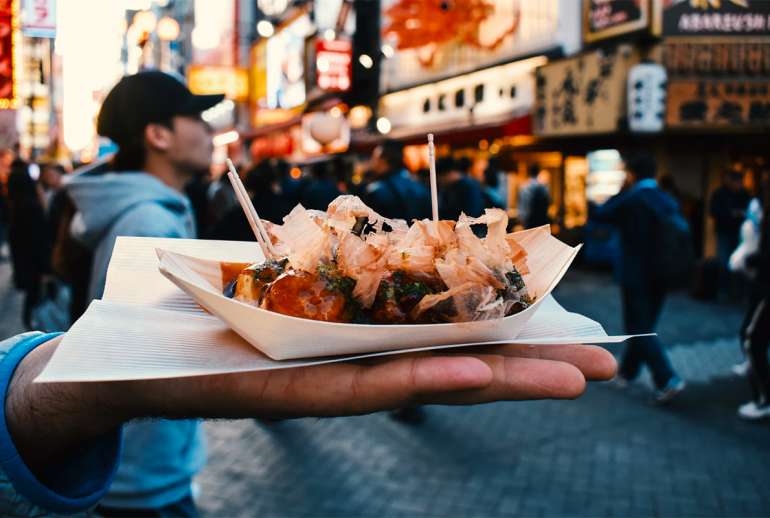There’s been much ado these days about the snackification of America, a food trend that’s transforming diets by turning bite-sized nibbles into increasingly sophisticated mouthfuls. However, the land of stars and stripes wasn’t the first nation to the snack party. Other countries like Spain have been turning over hors d’oeuvres, called tapas, for centuries.
Tapa literally means cover, or lid, and has origins in Andalusia. Overtime, it has come to encompass the country in entirety and is now emblematic of Spanish culture. In many ways, it is appropriate to consider tapas as one of the world’s original snack foods – not to mention, considerably healthier than a grab-bag of Cheetos in between meals. Similar to the Way of Tao, the Way of Tapas is almost philosophical in tradition; a daily ritual by which to experience the harmony of life and interconnectedness to others.
Barcelona is one of the vibrant and cultural cities of Spain. An extraordinary place with a myriad of famous architects, artists, chefs, and filmmakers. Touring the town, you notice an immediate contrast with many other European cities whose urban planning laws dictate a homogenous overall aesthetic. But in magical Barcelona, creators like Andre Gaudi have left an indelible mark on the cityscape and heritage with buildings like the Sagrada Familia – stand out like grand sculptural gestures and punctuation marks. After enjoying a day walking along the magnificent seaside corniche, shopping at El Corte Ingles, exercising your imagination at the Picasso Museum, or sightseeing, you must set aside a few hours to stroll through the medieval quarter, the Barrio Gotico, going out a tapear – which translates into going out for tapas.
Barcelona is not necessarily considered a tapas epicenter in Spain. Southern regions – Andalusia, Extremadura, Valencia, and the Northern Basque country with the glorious city of San Sebastian – have elevated tapas into one of the highest culinary art forms on earth. The benefit of Barcelona, however, is as one of the most visited destinations in Europe, offering accessibility to the tapas; it is an opportunity for millions of tourists to be introduced to the delectable Iberian ritual. Tapas are usually served around lunch and evenings. It is common for Spaniards to eat late dinners, around 9 or 10 pm, and the tapas serves the purpose to tide over appetites in the interim between lunch and dinner. A tapas is essentially an appetizer or snack that is served hot or cold.
You don’t need to look far once you’ve entered the old quarter because there’s no shortage of quality tapas bars; in fact, you can’t help but cross paths with one every few feet. In short, you’d have difficulty not finding one. But, you might be wondering where or how to start. Unless you insist on following a Rick Steve’s guide book, allow your nose, heart and intuition to lead you – pick a place and walk in, it’s that simple! Depending on the time you arrive, the bar might be relatively empty or jam-packed. It’s important not to be intimidated if you need to elbow your way through the crowd to get to that counter with a tapas array. Busy places are usually well-known spots for the coveted cuisine. The Spanish folks don’t bite, they know you’re there for a piece of the finger-food action.
As I approach the counter of the first tapas bar that night, called Cuskal Etxea, my eyes fill with excitement as I spot marvelous little delicacies: pickled shrimp on a mini-skewer with finely chopped peppers and onions. Succulent and flavorful fruity green olives with small piquant chilies, nicely wrapped by a marinated, salty anchovy. Tasty Sépia boudin, a sausage that’s stuffed with rice mixed with the black ink of cuttlefish. Tapas are usually served on a slice of bread, but not always. I couldn’t help but pop all of them into my mouth. There are more ordinary flavors available too for the less adventurous, like fried cheese bits and Spanish meatballs. I ask the waiter for a glass of Vin Negra, red wine, and he pours me a dry local grape variety. I swirl the wine around to aerate it and savor the first sip as my thirst spikes from the salty fish.
Something to keep in mind is that unlike our beer-guzzling, shit-faced fraternity and sorority days that sets a poor foundation for notions of alcoholic consumption in the US, Europeans rarely drink without eating at the same time – which is overall better for your health. Tapas pair perfectly with wine, light beers, or a cava, vermouth. Almost everyone enjoys a glass of something while eating tapas. Do try your best to have a modicum of class when here.
A glance around the room reveals a diverse crowd of travelers, students, couples, buddies, along side dapper men and women in business suits straight from the office; a mix of faces from across social and economic classes – sitting there together, enjoying tapas. Tapas are democratizing; it’s a food for all, and in addition, can be extremely nutritious and affordable. Perhaps the most important thing to understand about tapas is that enjoying them is a way to savor life and celebrate relationships; it’s a sacred time to meet up with friends and family, be social, and to relax and chill-out. I vote for more tapas and less meds in cases of depression.
Try not to spend the whole evening at only one tapas place; it’s better to visit two or three tapas places with a glass of wine or beer before hopping on to the next – like a pub crawl of sorts and adds to the fun. Each establishment is known for particular specialties and would be a crime to pass up a chance to sample as much as possible. It’s fine to eat while standing or sitting at a table, but difficult to find seating during busy hours. The tapas are staked with toothpicks of different sizes which indicate a cost of around 2€ and up. The waiter can promptly tally your total with a quick look at your tooth-pick covered plate.
Moving on to the second Tapas bar that night, a popular and atmospheric place called Bastaix. Lucky enough to find a seat, I settle down to begin my next tasting journey. Bastaix is more upscale, usually requires reservations, and offers mouth-watering and interesting tapas I hadn’t seen before. A glass of Rioja is poured and a beef miniature burger with caramelized onions and artisanal bun, miniature tacos with out-of-this-world, melt-in-your-mouth beef cheek meat topped with a spicy sauce, peppers and cool cucumber slices, and a crispy bread with roasted vegetables with anchovies are placed before me – each layered with original flavors and texture; a proverbial mouth orgasm ensues.
Sadly, my tapas tasting experience in Barcelona comes to an end. It was time to return to the hotel and start packing for the trip home. Walking back, the fresh night air and pedestrian-only streets were warm and inviting. The street lamps shone upon the cobblestones streets like a stage upon which the enchantment of life plays out. Slightly inebriated from three glasses of wine, my sense of direction short wired and I lost my way in the labyrinthine maze of the Gothic quarter. While working my way out of the Bermuda triangle of Barcelona, boys on bicycles blew by, lovers held hands and kissed in half-lit corridors, and I, was ready to return to Barcelona even though I hadn’t even left. Tapas left a good taste in my mouth and Barcelona left good memories in my mind; a win win.

